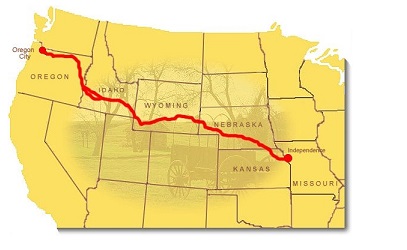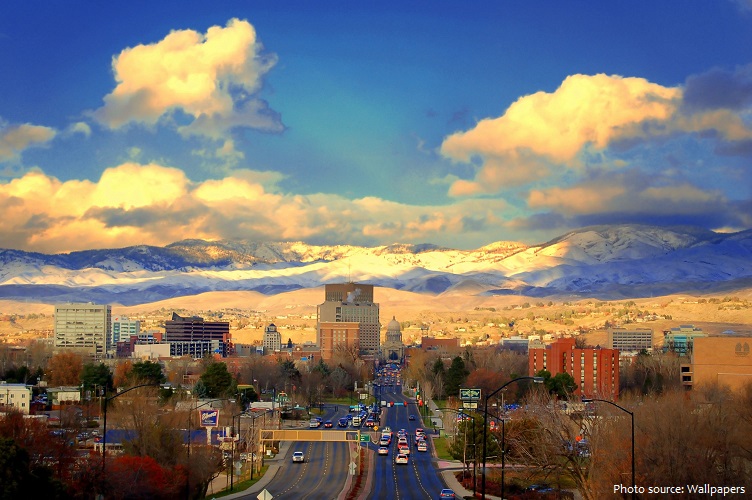
Boise is the capital and most populous city of the US state of Idaho.
It is situated in southwestern Idaho on the Boise River – 66 km (41 miles) east of the Oregon border and 177 km (110 miles) north of the Nevada border.
As of January 2021, the population of Boise is about 240,000 people. It is the 99th most populous city in the United States.
The city covers a total area of 220 square kilometers (85 square miles).
The average altitude is about 830 metres (2,730 feet) above sea level.
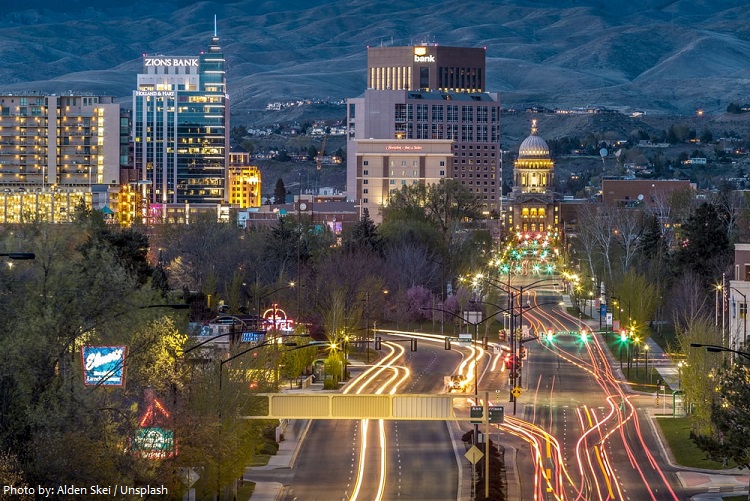
Accounts differ regarding the name’s origin. One account credits Capt. B.L.E. Bonneville of the U.S. Army as its source. After trekking for weeks through dry and rough terrain, his exploration party reached an overlook with a view of the Boise River Valley. The place where they stood is called
Bonneville Point, located on the Oregon Trail east of the city. According to the story, a French-speaking guide, overwhelmed by the sight of the verdant river, yelled “Les bois! Les bois!” (“The woods! The woods!”)—and the name stuck.
The name may also derive from earlier mountain men who named the river that flows through it. In the 1820s, French Canadian fur trappers set trap lines in the vicinity. Set in a high-desert area, the tree-lined valley of the Boise River became a distinct landmark, an oasis dominated by cottonwood
trees. They called this “La rivière boisée”, which means “the wooded river.”

Following the 1862 gold rush to the Boise River basin, Fort Boise was established (July 4, 1863), and a community developed to provide services for the nearby mines.
Its location at the crossroads of the Oregon Trail and the routes to the Boise Basin and Owyhee mines ensured Boise’s early growth, and it became the capital of Idaho in 1864.
After 1902 the Boise Irrigation Project built nearby Arrowrock Dam and several other dams on the Boise River to provide the region with water storage and recreational facilities.
Agricultural expansion and the growth of a commercial lumber industry contributed to Boise’s rapid growth in the early 20th century. One of the world’s largest construction companies also grew up there.
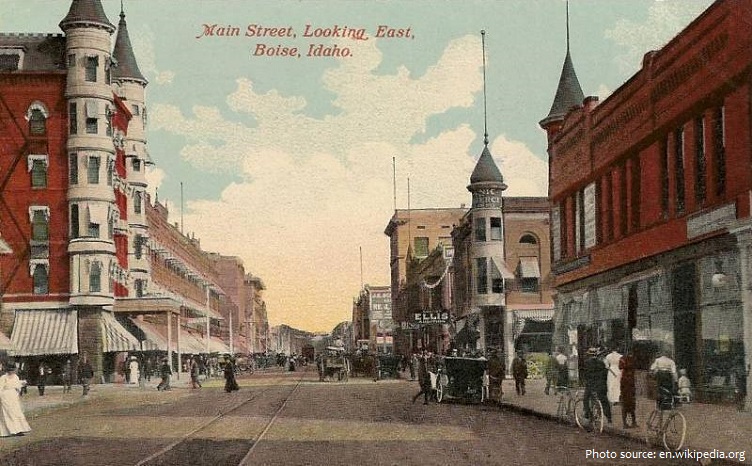
The city’s diversified industries now include agriculture (fruit, sugar beets, and livestock), lumbering, electronics, and wholesale trade and trucking. Growth in the high-tech industries around Boise accounted for much of the city’s increase in population during the 1990s.
Downtown Boise is the cultural center and home to many small businesses and a few mid-rises. The area has a variety of shops and dining choices.
The Idaho State Capitol in Boise is the home of the government of the US state of Idaho. Although Lewiston briefly served as Idaho’s capital from the formation of Idaho Territory in 1863, the territorial legislature moved it to Boise on December 24, 1864. Construction of the first portion of the capitol building began in the summer of 1905, fifteen years after statehood, and the architects were John E. Tourtellotte and Charles Hummel. Tourtellotte was a Connecticut native whose career began in Massachusetts and skyrocketed further when he moved to Boise. Hummel was a German immigrant who partnered with Tourtellotte in 1901. The final cost of the building was just over $2 million – it was completed in 1920. The architects used varied materials to construct the building and their design was inspired by Classical examples. Its sandstone exterior is from the state-owned quarry at nearby Table Rock.

The Old Idaho Penitentiary State Historic Site was a functional prison from 1872 to 1973 in the western United States, east of Boise, Idaho. The first building, also known as the Territorial Prison, was constructed in the Territory of Idaho in 1870 – the territory was seven years old when the prison was built, a full two decades before statehood.
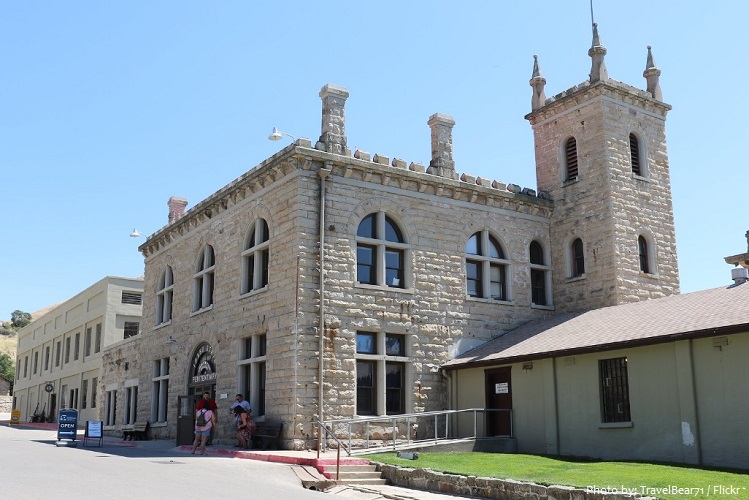
The Anne Frank Human Rights Memorial is a 3,280 square meters (35,285 square feet) cenotaph complex and educational park in Boise. The memorial contains more than 60 quotes from leaders and human
rights figures throughout history – the centerpiece is a statue of Anne Frank. Designed by Idaho Falls architect Kurt Karst, a sapling of the Anne Frank Tree and quotations from some sixty notables and unknowns (including poets, activists, politicians and diplomats, those who survived the Holocaust, and those who did not) are prominent installations.

Julia Davis Park is a municipal park in the downtown region of Boise, Idaho. Created in 1907 with a land donation from Thomas Jefferson Davis, it is the first park in the “String of Pearls”, the group of parks operated by the Boise Parks and Recreation Department that are located along the Boise River.
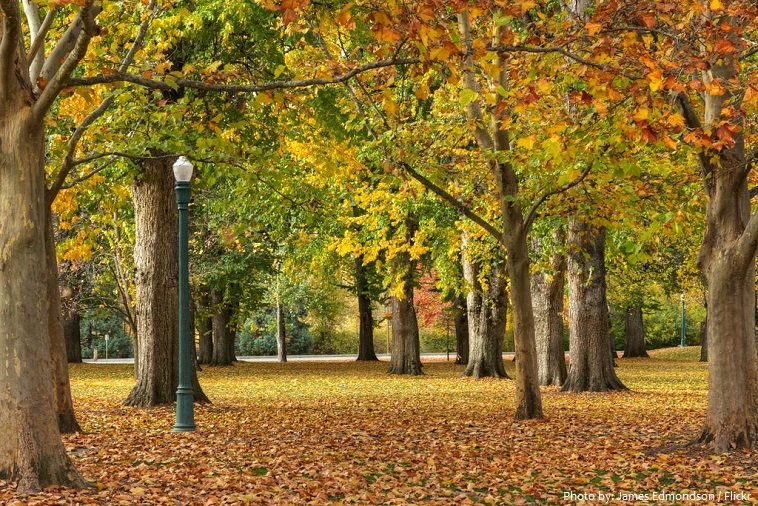
The Idaho Botanical Garden is a 20-hectare (50-acre) botanical garden Boise. Until 1973 the site served as the Old Idaho State Penitentiary’s farm and nursery. After the penitentiary was closed, the land lay dormant for more than a decade, and in 1984 the gardens were first created.

The World Center for Birds of Prey in Boise, is the headquarters for The Peregrine Fund, an international non-profit organization founded in 1970 that conserves endangered raptors around the world. Built 37 years ago in 1984, the World Center for Birds of Prey is located on 235 hectares (580 acres) on a hilltop overlooking Boise, south of the airport and east of Kuna.
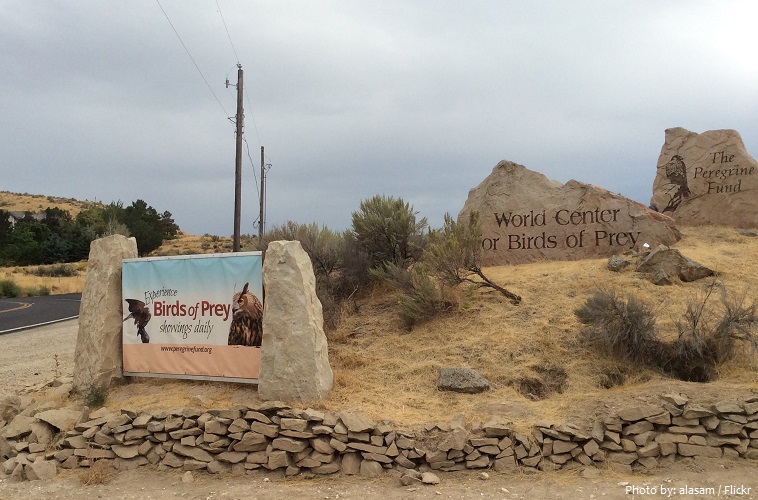
The Oregon Trail was a 3,490-kilometer (2,170-mile) east-west, large-wheeled wagon route and emigrant trail in the United States that connected the Missouri River to valleys in Oregon. The eastern part of the Oregon Trail spanned part of what is now the state of Kansas and nearly all of what are now the states of Nebraska and Wyoming. The western half of the trail spanned most of the current states of Idaho and Oregon. Boise has 21 monuments in the shape of obelisks along its portion of the Oregon
Trail.
The Boise-Nampa metropolitan area, also known as the Treasure Valley, includes five counties with a combined population of about 750,000 the most populous metropolitan area in Idaho. It contains the state’s three largest cities: Boise, Nampa, and Meridian. Boise is the 80th most populous
metropolitan statistical area in the United States.
Boise offers numerous recreational opportunities, including extensive hiking and biking in the foothills to the immediate north of downtown.
The city is a regional hub for jazz, theater, and indie music.
